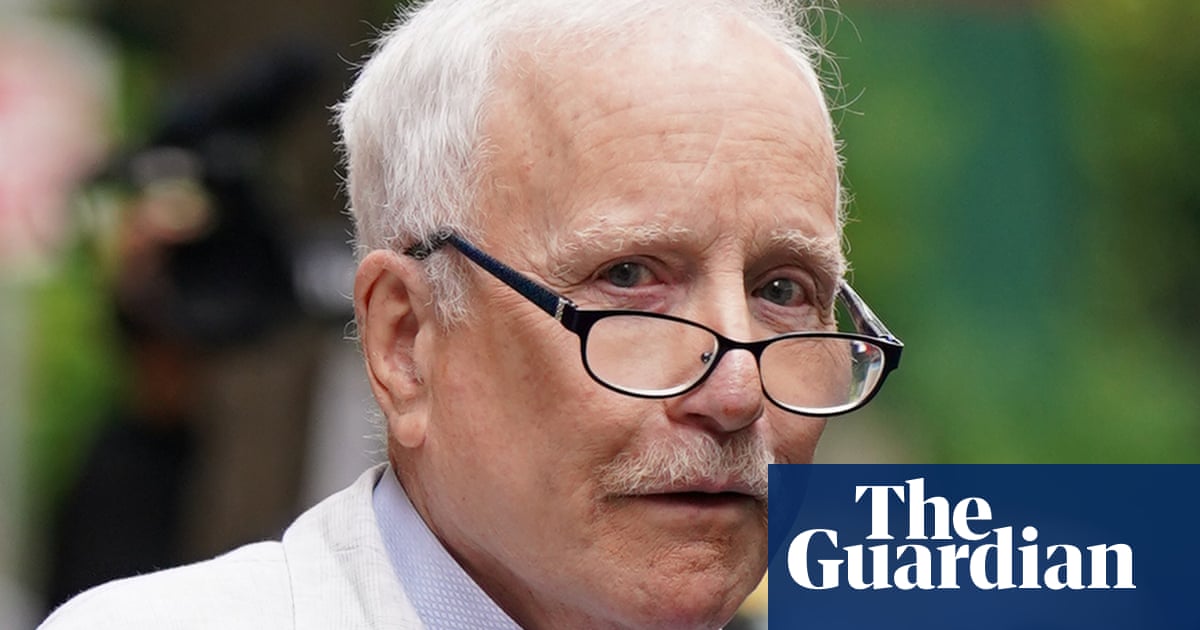The United States appears poised to start a process that would eventually send dozens of its M1 Abrams battle tanks to Ukraine, US media reported, in a reversal that could have significant implications for Kyiv’s efforts to repel Russian forces.
The move follows reports on Tuesday that Berlin has succumbed to huge international and domestic pressure and was set to announce that it will send German-manufactured tanks to Ukraine, and allow other countries to do the same.
An official US announcement that it will send just over 30 tanks is expected to come on Wednesday, a US official told the Associated Press.
In response to the reports, Ukraine’s president, Volodymyr Zelenskiy, said in his nightly address that Russia was preparing for a new wave of aggression and that he had seen “A lot of effort, words, and promises” about tanks. “But it is important to see the reality: it is not about five, or 10, or 15 tanks. The need is greater. Every day we are doing everything necessary to fill the deficit. And I am grateful to everyone who supports us in this.
“However, discussions must be concluded with decisions. Decisions on real strengthening of our defence against terrorists. Allies have the required number of tanks. When the needed weighty decisions are made, we will be happy to thank you for each weighty decision.”
A decision by the United States to send the Abrams would come just days after Washington argued against sending the tanks , despite demands from Kyiv and public pressure from Berlin.
They added that the Abrams would likely be procured through a fund known as the Ukraine Security Assistance Initiative (USAI), which allows president Joe Biden’s administration to get weapons from industry rather than from existing US weapons stocks.
The reports said it was possible the Biden administration could use the USAI process to buy the Abrams from allies who have them, refurbish them, then send them to Ukraine. The process can take months and even years.
Ukraine says heavily armoured western battle tanks would give its troops more mobility and protection ahead of a new Russian offensive that Kyiv expects in the near future. They could also help Ukraine retake some of the territory that has fallen to Russia.
US officials had said that the Abrams was tough to maintain, hard to train Ukrainians to operate, and ran on jet fuel – making it a poor choice for this phase of the war.
On Tuesday, the Pentagon declined to say whether Washington would provide tanks to Ukraine but reiterated the challenges the Abrams posed.
“The M1 (Abrams) is a complex weapons system that is challenging to maintain … that was true yesterday, that is true today and will be true in the future,” Pentagon spokesperson Brig Gen Pat Ryder told reporters.
“We continue to have discussions with Ukrainians and our allies and partners about what are the medium- and long-term defense requirements for Ukraine,” Ryder said.
While eventually backtracking, Berlin had said it would only send the Leopard tanks to Ukraine if the United States agreed to send its own tanks.
“The only reason the United States would send M1 tanks to Ukraine is to give Germany the political cover it requires to unlocking the Leopard tanks,” said Mark Cancian, a defense expert at the Center for Strategic and International Studies.
The disclosure about the softening US position came the same day sources said that Germany would send Leopard 2 tanks to Ukraine to help fight Russia’s invasion and allow other countries such as Poland to do the same.
According to German media reports citing government sources, Berlin plans to send a company of Leopard 2A6 battle tanks – usually comprising 14 of the vehicles – in conjunction with other partners, namely Scandinavian countries in possession of the units.
Berlin is also understood to have said it would give its permission for export licences for countries such as Finland, Sweden and Poland who have bought the tanks from Germany, allowing them to be sent to Ukraine.
The decision is expected to be made officially on Wednesday and Germany’s chancellor, Olaf Scholz, is due to be questioned in the Bundestag in the morning in a debate likely to be dominated by the tank decision
Scholz’s Social Democrat party had been holding back, wary of moves that could cause Moscow to escalate further.
The decision marks a groundbreaking one for Germany, ending months of painful debate and soul-searching, with the move marking the first time that German tanks will have been used on the battlefield in Europe since the second world war.
Germany’s historical responsibility as the instigator of that global conflict has been used by those arguing it has a moral obligation to send tanks to protect the victims of Russian aggression.
But at the same time, Germany’s Nazi past has been precisely what has held back decision-makers who have been deeply fearful that increasing firepower through the deployment of tanks could escalate the conflict – and leave Germany in danger of being labelled as an aggressor.
No indication has been given on the timing of the tanks’ arrival in Ukraine. The Leopard manufacturer Rheinmetall has said they could be ready to be dispatched by March.
The defence minister, Boris Pistorius, said on Tuesday after a meeting in Berlin with Jens Stoltenberg, the general secretary of Nato, that he was encouraging countries with Leopards to start training Ukrainian soldiers in their use.
Kyiv, which has been appealing for the tanks since last April, has given repeated reassurances to Berlin in particular that the tanks would be used only for defence purposes.
Marie-Agnes Strack-Zimmermann, the chair of the parliamentary defence committee, who has been highly critical of Scholz’s hesitancy, welcomed the decision even as she said it had come very late. “The decision was arduous, it took far too long, but in the end it was unavoidable,” she said, calling it “redemptive news for the abused and brave people of Ukraine”.
Associated Press and Reuters contributed to this report

 1 year ago
70
1 year ago
70










 English (US)
English (US)